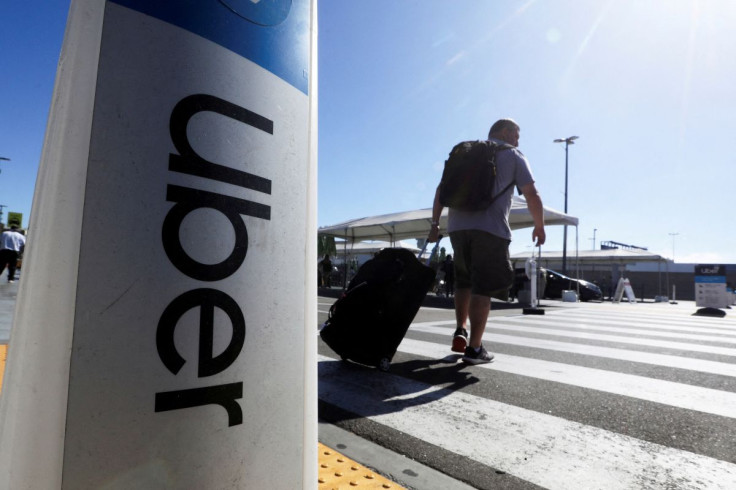Why Uber Doesn't Make Money
With COVID lockdowns over, Uber is back. The number of active monthly app users and ridership is soaring, but the company has yet to make any money to show its stockholders.
This week, Uber said its gross booking for the third quarter of 2022 soared at an annual rate of 32% to $29.1 billion. In addition, trips during the quarter jumped at an annual rate of 19% to 1.95 billion or 21 million trips per day.
As a result, they helped the company's revenues rise at an annual rate of 72% to $8.3 billion. But the company lost $1.2 billion on top of the $2.6 billion it lost last quarter, adding to the losses in the previous quarters during the pandemic.
Once again, management disregarded the loss as another aberration. Instead, it focused on its solid Earnings Before Interest Amortization and Depreciation (EBITDA), enumerating various macroeconomic challenges.
"Our global scale and unique platform advantages are working together to drive more profitable growth, with Gross Bookings growth of 32% and record Adjusted EBITDA of $516 million," said Dara Khosrowshahi, CEO. "Even as the macroeconomic environment remains uncertain, Uber's core business is stronger than ever."
"Strong demand for our offerings, better marketplace efficiency, and our asset-light platform helped to deliver Adjusted EBITDA well above our guidance, even as foreign exchange and inflationary headwinds impact all global businesses," said Nelson Chai, CFO. "We remain focused on excellent execution and disciplined cost management to deliver on our growth and profitability commitments for the coming years."
But stockholders do not receive EBITDA. Instead, they receive cash left after operating expenses, capital expenditures, and any gains and losses from financial investments.
In the case of Uber, operating expenses are still exceeding EBITDA. Thus, net income is a negative number.
According to Art Shaikh, CEO of generational platform CircleIt, the problem here is that the company pays a great deal of money to acquire customers. "When you spend $40 to acquire a customer, and the total ride is $10, that is a $30 loss," Shaikh told International Business Times.
"The reality goes even deeper, as there is a payout to the driver, plus operational costs."
But there's another problem that's more fundamental. Its app is too similar to Lyft's, its main competitor. And that makes the market for ridership a homogeneous duopoly, where the two companies are engaged in price competition.
"Uber's business model lends itself to shopping around, and they haven't quite seen the lift from their Uber Plus memberships that they would have hoped," added Shaikh. "When customers have comparable alternatives like Lyft, they can just as easily find a potentially less expensive ride."
Price competition makes it hard for Uber to create any Economic Value Added (EVA) for its capital holders--the difference between the Return on Invested Capital (ROIC) and the Weighted Average Cost of Capital (WACC).
EVA measures how affectively management allocates capital. It's the value a company generates over the opportunity cost of capital. A positive EVA is a sign that the company creates value, while a negative EVA is a sign that the company destroys value.
According to Gurufocus.com estimates, Uber currently has an EVA of -18%, more prominent than in 2018, meaning that the company destroys rather than creates value as it grows.
Thus, there's no money to show to its capital holders.

© Copyright IBTimes 2025. All rights reserved.






















